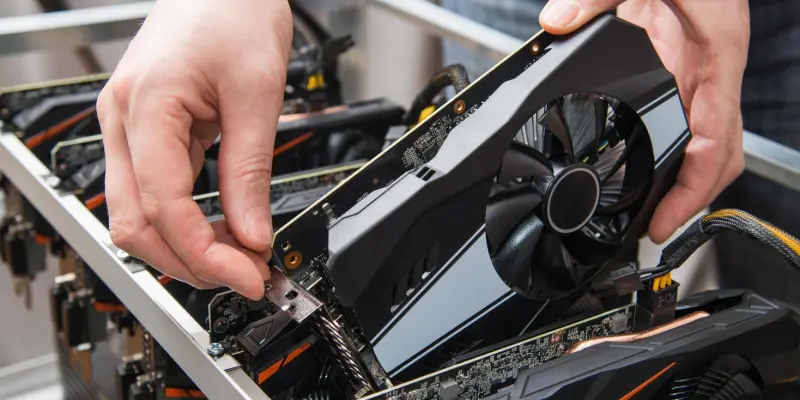In today’s bustling tech landscape, competition for the latest hardware can be fierce, particularly with NVIDIA’s GeForce RTX 5090 and RTX 5080 GPUs becoming coveted gems sought by many. These popular graphics processing units have countless enthusiasts and professionals eagerly lining up to get their hands on them. However, regions outside Japan have experienced severe stock shortages coupled with inflated prices, leading many tech-savvy tourists to journey to Japan in hopes of snagging these units at more reasonable prices. In an effort to prioritize local consumers and counteract resellers who exploit the situation for profit, Japanese retailers have introduced unique sales restrictions. By demanding proof of Japanese residency at checkout, these retailers seek to redirect the flow of GPUs back to the domestic market, thereby safeguarding consumers against escalating costs and maintaining fairness in availability.
The Global Demand and Retailers’ Response
NVIDIA’s GPUs have captured global attention not just for their advanced technology but also for the substantial market value they hold. With high demand worldwide, some enthusiasts look abroad, particularly to Japan, to find GPUs at more reasonable prices, where supply can still meet local demand. This surge in international purchasing, however, has put major stress on Japanese retailers, prompting them to enforce residency checks at the point of sale. This decisive measure aims to halt foreign resellers from dominating the market, thus ensuring that local consumers maintain access to affordable GPUs. By keeping prices stable and fair for residents, these actions help prevent the usual price hikes that occur when resellers monopolize a market. This restriction embodies a broader strategy to balance global demand with domestic priorities, making sure that the benefits of this technology reach the intended users. Such a move emphasizes the negative impact of unchecked reselling, which can distort markets and erode consumer trust. This proactive approach by Japanese retailers could inspire similar protective policies elsewhere.

